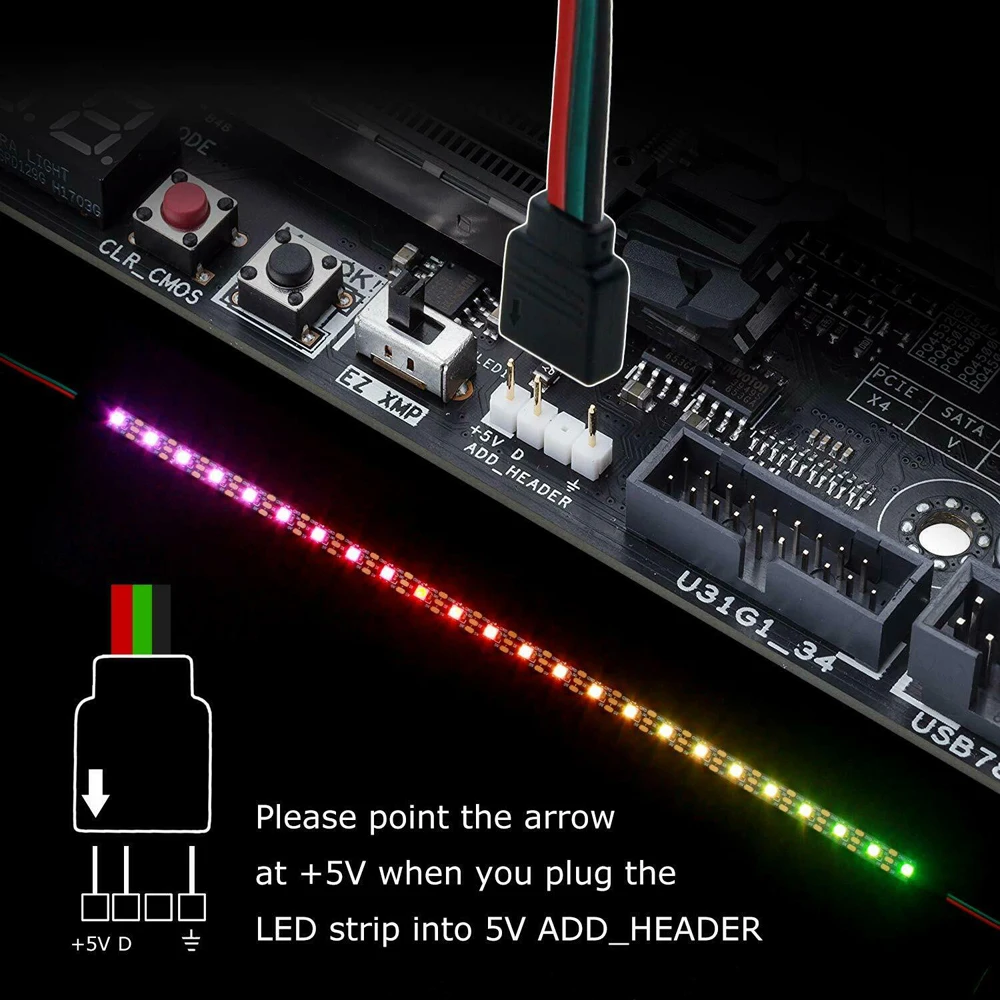
Replace it (applies mostly to brand cases like Dell, etc.), or, if the case was relatively inexpensive, here’s your excuse to go case shopping! Case power switch failures are the type of hardware that normally shows either DOA from day one, or intermittent after years of use. If it’s a piston-type of arrangement (most newer ones are) and it’s just sticky, it will only get worse. Being somewhat of a hardware guy, I would suggest a few more diagnostics, but before I do, let’s address your case power switch.

Good tips, glad you found the button problem.
#Mobo cpu led not on Pc
Your best bet then is to ask a friend for help if you know someone who is proficient in these things, or take your PC to a repair shop to get it looked at there. You may not have a spare power supply unit, motherboard or cpu though, and even if you do, may not be comfortable testing the system on your own. If that does not work, then you may want to test other components if you have them around. If it does, add each component one by one to the machine again and test if it caused the issue. This means external devices, all but one memory module, internal cards (not the video card obviously).īest option here is to remove everything at once, and remember where each component went, to see if the PC starts up afterwards. One thing you can try is remove any component that is not required to run the PC. What if those methods did not fix the issue? Try starting the PC and monitor what is happening. Once you are done with the checking, plug the power cord back in and flip the power switch back to on. All I had to do was put it in the right place to have the system boot up again without any further issues. The power on button was stuck on the PC that would not boot this morning. If you notice a lose cable, it may very well be the reason why the PC did not turn on.Īlso, check that memory and the video card are connected properly. I suggest you check all cables and make sure they are firmly in place. As far as components are concerned, the most important ones are the power supply unit at the back that supplies power to the system, the motherboard, the processor, the video card, and memory. Once you have done so, it is time to check the connecting cables. If you don't see any light there, it can mean that cables are not connected properly anymore, or that the power supply or motherboard are dead. The motherboard indicates with an LED light usually if it gets power. You may need a screwdriver for this or can use your hands to do so depending on the case used. Just make sure you don't touch anything hardware related after you open the PC while it is turned on. While I'd suggest you turn off the power before you do so, you may get important clues why something is not working if you keep the power on for a moment longer. Do they appear stuck or out of place?Īfter inspecting the PC externally, it is time to open it up if the above suggestions do not fix the issue.

Check the power and reset buttons at the front.Do you hear fans and the PC powering up when you turn it on?.Check if the PC monitor has power, and that its connection to the PC is firm in place.Make sure the switch is in the on position. PCs have a power on/off switch on the back usually.Also, make sure the power connection is working by testing it with another electronic device. If power is out completely, those won't work as well. Instead of panicking right away, take a look at your PC and the connected components. Inspection Also a good time to clean the PC from dust.


 0 kommentar(er)
0 kommentar(er)
